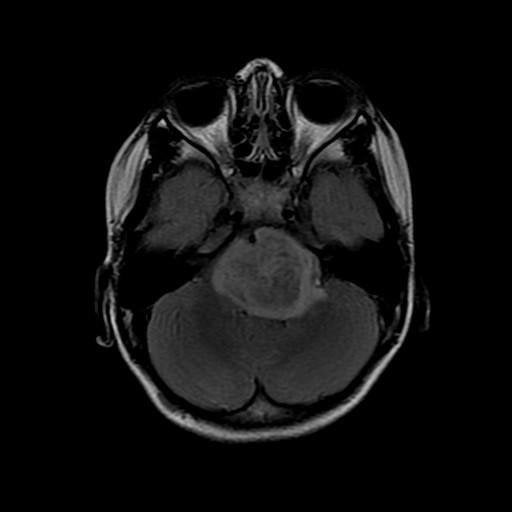Researchers have discovered a method to halt one of the most lethal forms of brain cancer in mice.
A high-grade glioma is a potentially lethal brain tumour that causes more deaths than any other form of brain cancer. It’s incredibly difficult to treat surgically which means that doctors often have to resort to traditional chemotherapy and radiation.
Now though, the researchers have found that if they deprive the tumour of a specific molecule that’s naturally created when brain cells fire, they can literally halt the growth of the tumour.

It was only in 2015 that senior author of the paper Dr. Michelle Monje and her team discovered that these chemicals were actually causing high-grade gliomas to grow.
Since then the team, led by scientists at Stanford University, have been working on finding a way to put the brakes on, by depriving these tumours of the chemicals they need.
One of the chemicals discovered was called neuroligin-3, a protein that helps neurons communicate.
To test their theory, the team took two examples of high-grade gliomas and implanted them in two breeds of mice.
One of them was normal while the other was lacking in the gene that produces neuroligin-3. The results were stark.
In the normal mice they found that the tumour grew quickly, and substantially. In the mice lacking neuroligin-3 however, they saw no substantial growth for four and a half months, and half of those tested had their tumours remains stagnant for as long as six months.
“This study transforms our understanding of how neurons influence the growth of gliomas, and opens a new door for potential treatments,” said Jane Fountain Progam Director of the National Institute of Neurological Disorders and Stroke (NINDS), which supported the research.
The team also discovered another protein known as ADAM10 which could be connected to the release of neuroligin-3. When they genetically deleted ADAM10 from the neurons in mice they found a substantial decrease in the release of neuroligin-3.
Finally, the team showed that by using a drug to block ADAM10 they could substantially slow the growth of fast-growing gliomas.
“That’s really exciting because it may be that we can use ADAM10 inhibition as a complement to the therapeutic strategy we are already using,” said Dr. Monje.
The next step is human trials involving glioma patients and while these drugs wouldn’t kill the tumour, they would slow it substantially, acting as a powerful component in what could one day be a combination of treatments that could eradicate the disease completely.
It’s a hopeful goal that has personal meaning for Dr Monje.
“I am a pediatric neuro-oncologist ― I take care of patients with these tumors and I have no effective therapy for them,” Dr. Monje said. “There is an urgent need to find a better therapy for gliomas, and I think that we are now pursuing an avenue of research that holds great promise.”
